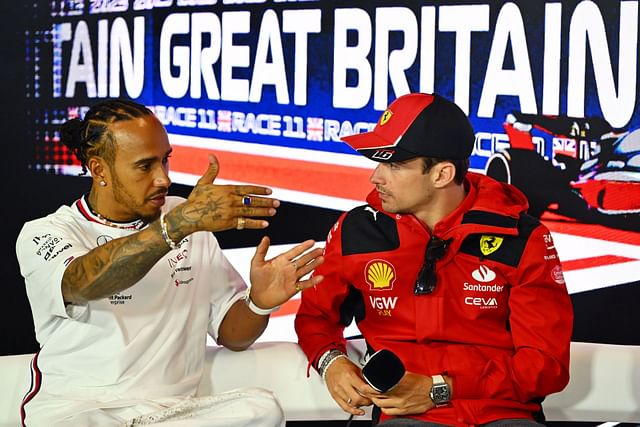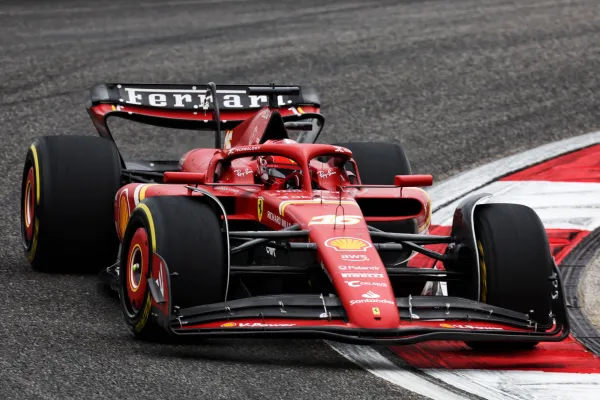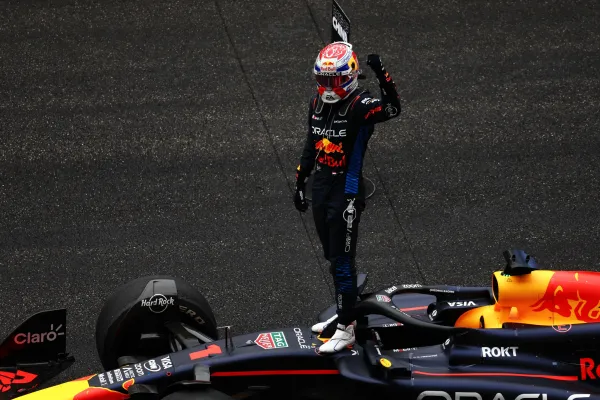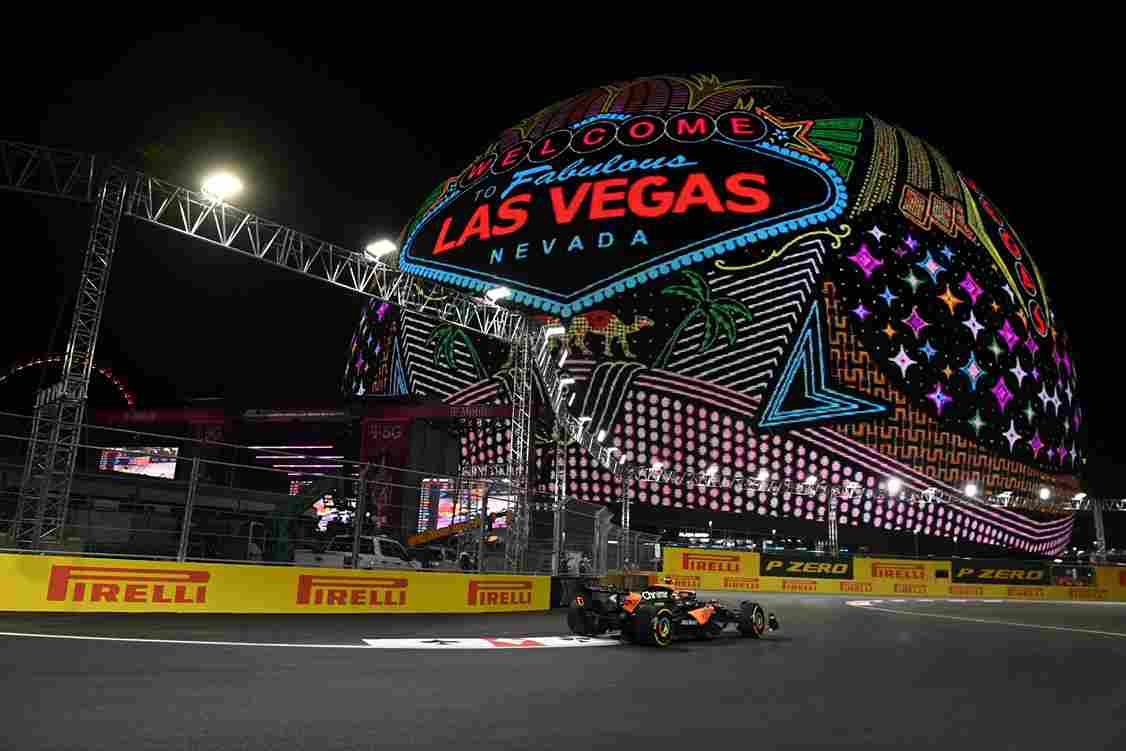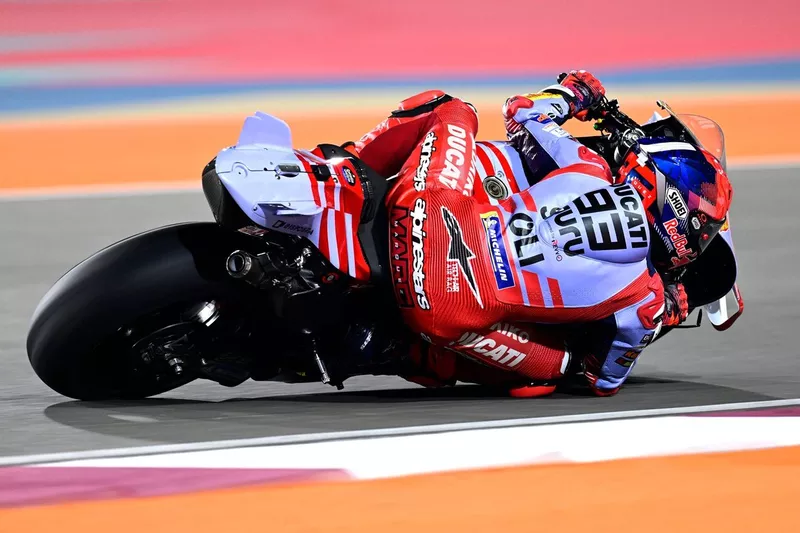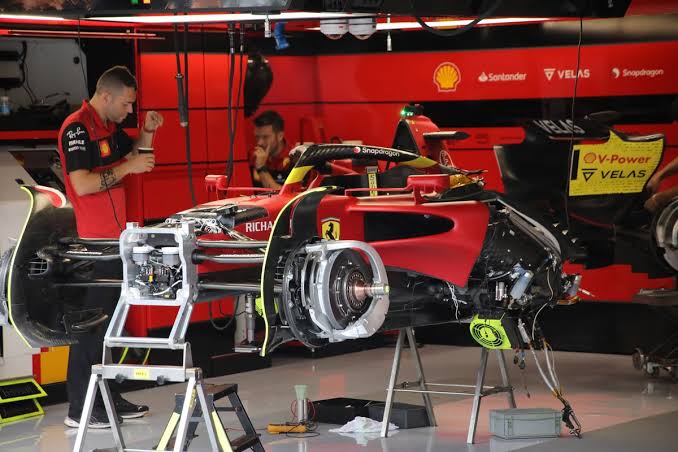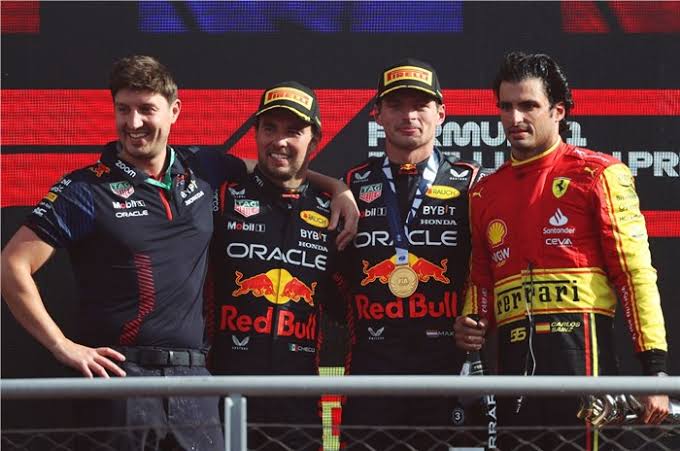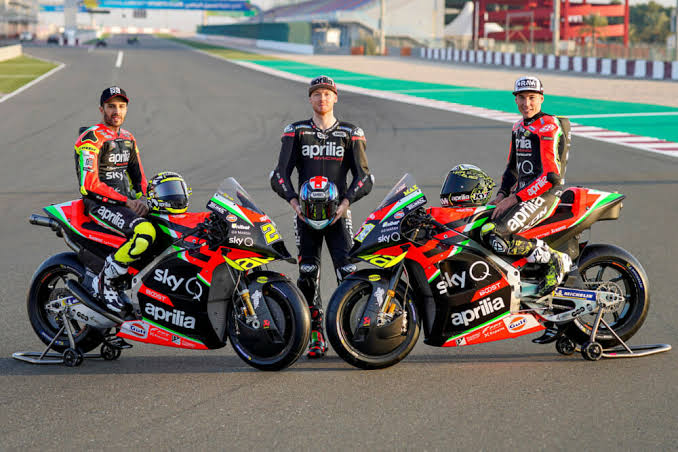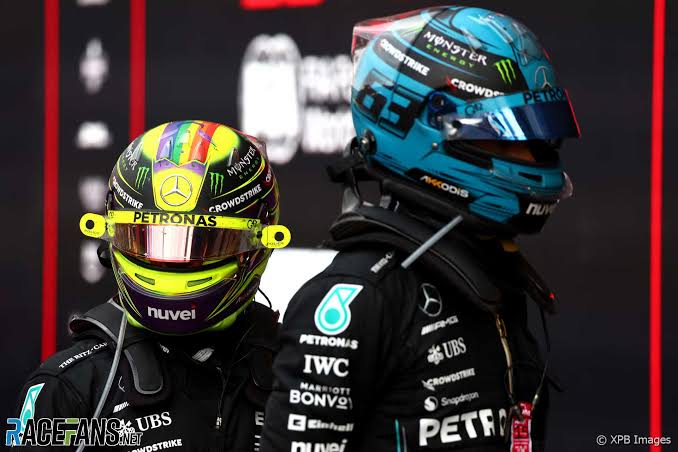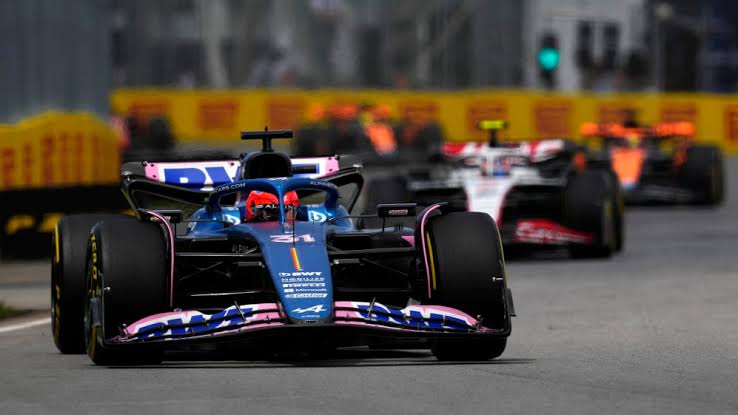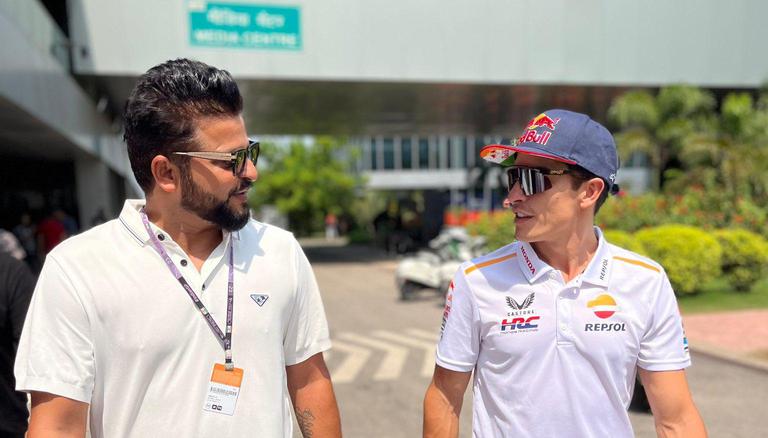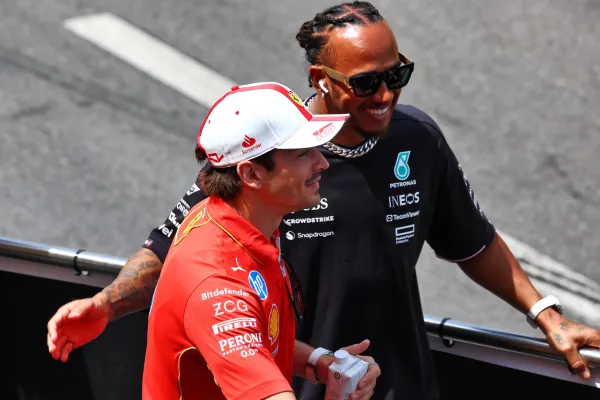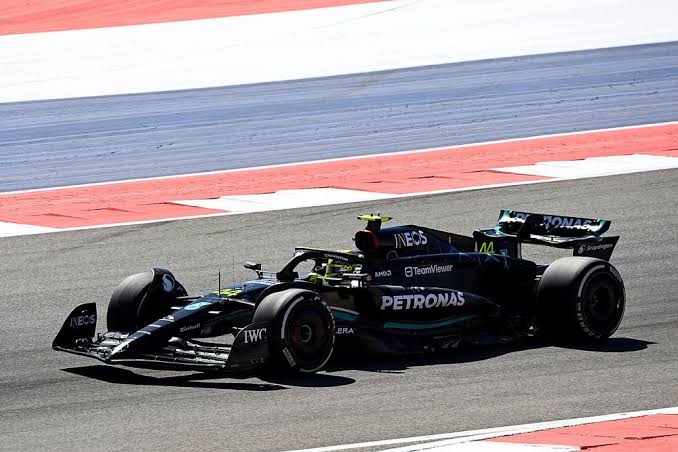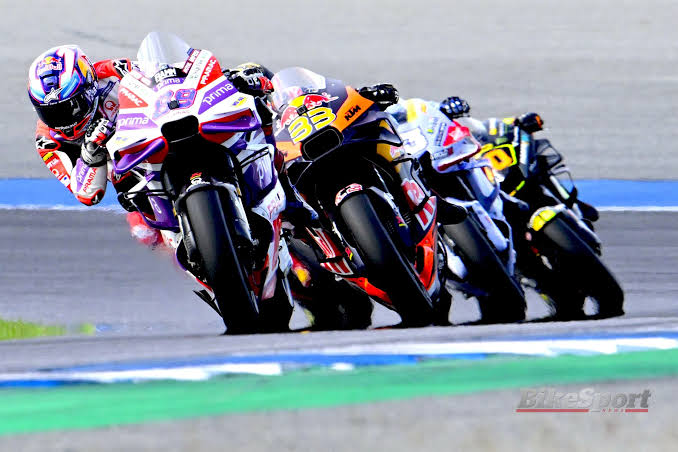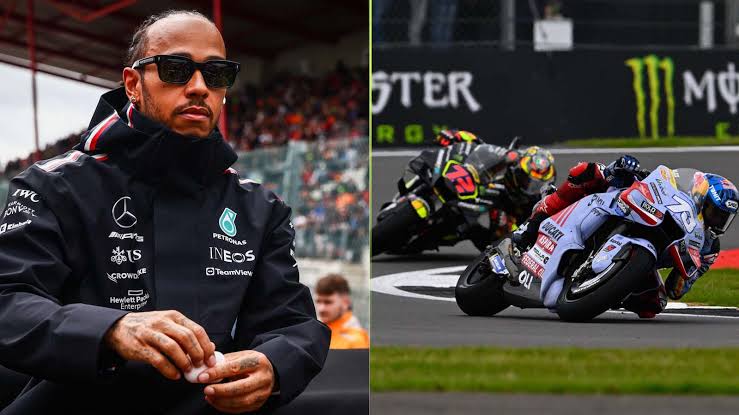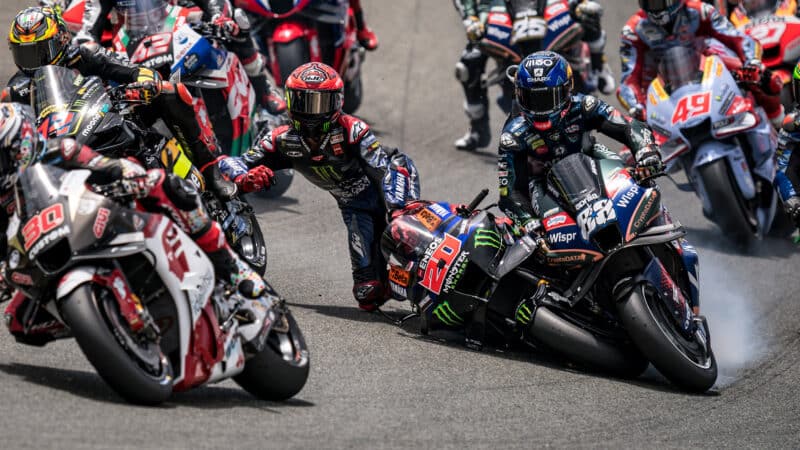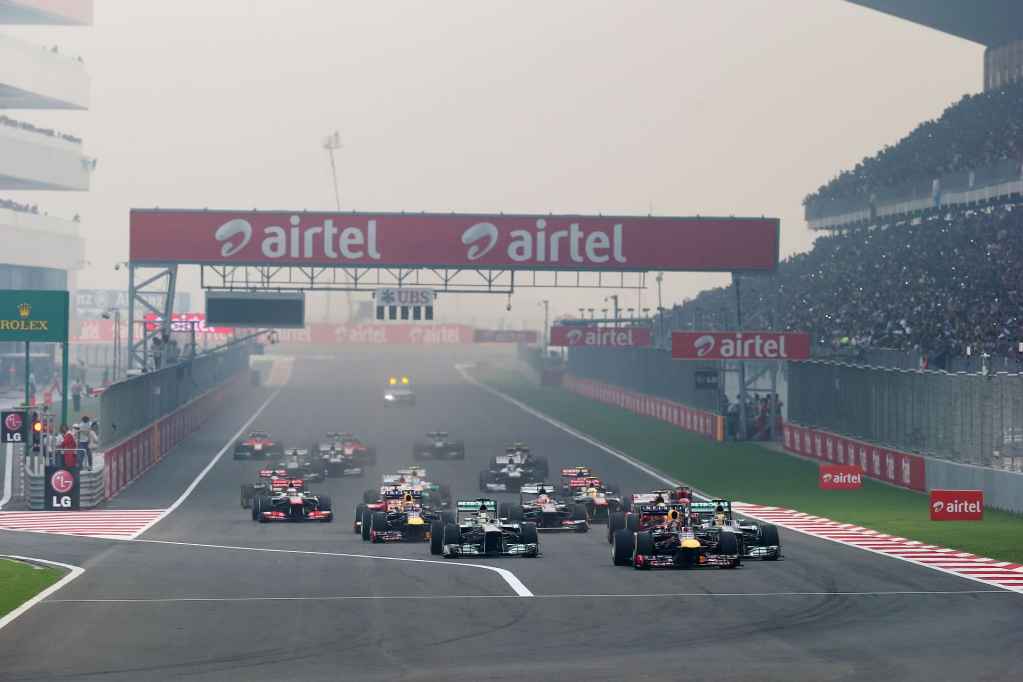Ferrari’s Catastrophic Chinese Grand Prix: Unraveling The Double Disqualification Debacle
The roar of the engines, the smell of burning rubber, and the thrill of fierce competition – these are the hallmarks of Formula One. However, the 2025 Chinese Grand Prix at the Shanghai International Circuit will be remembered for a different kind of drama: Ferrari’s stunning double disqualification. This unprecedented event sent shockwaves throughout the racing world, leaving fans, pundits, and even the team itself reeling. How could a team with Ferrari’s legacy, resources, and expertise suffer such a monumental setback? This article delves deep into the details of the disqualifications, dissects the contributing factors, explores the ramifications for the team and the championship, and examines the path forward for the Prancing Horse.
The Scene of the Crime: Shanghai International Circuit
The Shanghai International Circuit, with its demanding corners, long straights, and variable weather conditions, has always been a challenging venue for Formula One. The 2025 edition was no different, but not for the reasons anyone expected. While the on-track battles were intense, the real drama unfolded in the scrutineering bay after the race.
Lewis Hamilton, in his first season with Ferrari, had driven a strong race, battling for a podium finish. Charles Leclerc, his teammate, also showed pace, aiming to secure valuable points for the team. However, their efforts were rendered meaningless when post-race inspections revealed critical breaches of the FIA’s technical regulations.
Hamilton’s Plank Predicament: Article 3.5.9 of the FIA Technical Regulations stipulates that the plank assembly beneath the car must maintain a minimum thickness of 9mm throughout the race. This plank, also known as a skid block, is designed to prevent teams from running their cars too low to the ground, which could provide an aerodynamic advantage but also increase the risk of damaging the car. Post-race measurements revealed that Hamilton’s plank was significantly worn, measuring only 8.6mm on both sides and 8.5mm at the centerline. This violation was deemed a clear breach of the regulations, leaving the stewards with no option but to disqualify Hamilton.
Leclerc’s Weighty Woes: Article 4.1 of the regulations mandates that all cars must weigh at least 800kg throughout the race. This rule is in place to ensure that teams do not use lightweight materials or construction techniques to gain an unfair advantage. After the race, Leclerc’s car was weighed, and it registered just 799kg after fuel was drained and certain damaged parts were replaced. This meant that Leclerc’s car was 1kg underweight, resulting in his immediate disqualification.
The news of the double disqualification spread like wildfire, leaving the Ferrari garage in a state of disbelief and prompting a flurry of activity as engineers and team personnel scrambled to understand what had gone wrong.
Dissecting the Disasters: The Underlying Causes
To understand the magnitude of Ferrari’s failures, it’s crucial to dissect the contributing factors that led to the double disqualification:
Aggressive Ride Height and Track Conditions (Hamilton):
The most likely cause of Hamilton’s excessive plank wear was an overly aggressive ride height setting. Teams often lower their cars to improve aerodynamic performance, but this increases the risk of bottoming out and damaging the plank.
The resurfacing of the Shanghai track prior to the race may have played a role. The smoother surface could have led Ferrari to believe they could run the car lower without incurring excessive wear. However, the high-speed sections of the track, combined with the increased fuel load in the main race compared to the Sprint, likely exacerbated the plank wear.
The Sprint Race held on Saturday might have provided misleading data. With less fuel and a shorter distance, the plank wear would have been less pronounced, potentially lulling Ferrari into a false sense of security.
Weight Management and Damage Assessment (Leclerc):
Leclerc’s underweight car points to a failure in weight management and damage assessment. The minimum weight requirement is a fundamental aspect of Formula One car design and operation, and teams typically have significant margins to avoid falling below the limit.
The damage sustained during the first lap incident, where Leclerc collided with Hamilton and lost a front wing endplate, likely contributed to the weight discrepancy. While the damaged wing was replaced during a pit stop, it appears that Ferrari failed to accurately account for the weight difference between the original wing and the replacement.
It’s also possible that other minor damages sustained during the race, combined with the gradual consumption of fuel, pushed the car below the minimum weight threshold.
Ferrari’s failure to adequately address these factors highlights a breakdown in their pre-race preparations, real-time monitoring, and post-incident response protocols.
The Fallout: Implications for Ferrari and the Championship
The double disqualification has far-reaching consequences for Ferrari, impacting their championship aspirations, reputation, and internal morale:
Championship Blow: Heading into the Chinese Grand Prix, Ferrari was a strong contender in the Constructors’ Championship, closely trailing Red Bull. The double disqualification effectively wiped out any points they could have scored, dropping them down the standings and handing a significant advantage to their rivals. This setback could prove costly as the season progresses.
Reputational Damage: Ferrari is synonymous with Formula One excellence. Their rich history, passionate fanbase, and iconic brand demand the highest standards of performance and professionalism. The double disqualification is a major blemish on their reputation, raising questions about their attention to detail and overall competence.
Driver Morale: Both Hamilton and Leclerc are highly competitive drivers with championship ambitions. The double disqualification is undoubtedly a demoralizing blow, especially for Hamilton, who is in his first season with the team. Maintaining driver morale and ensuring they remain focused on the long-term goals will be crucial for Ferrari.
Internal Pressure: The pressure on team principal Fred Vasseur and the entire Ferrari organization will be immense. They will need to conduct a thorough internal investigation to identify the root causes of the failures and implement corrective actions to prevent similar incidents from happening in the future.
Discover how top teams like Mercedes and Red Bull maintain their competitive edge through cutting-edge technology and data analysis by reading our in-depth article.
Turning the Tide: Lessons Learned and Path Forward
Despite the severity of the situation, Ferrari has the resources and expertise to bounce back from this setback. The key lies in learning from their mistakes and implementing a comprehensive plan for improvement:
Enhanced Technical Checks
Ferrari must implement more rigorous pre-race technical checks to ensure full compliance with the FIA regulations. This includes double-checking ride height settings, plank thickness, and overall car weight.
Real-time monitoring systems should be enhanced to detect potential issues during the race, allowing the team to make necessary adjustments and avoid violations.
Strategic Adaptability
Ferrari needs to improve its ability to adapt to changing track conditions and unforeseen circumstances. This includes having contingency plans in place for different scenarios and being prepared to make quick adjustments to car setup and strategy.
Accurate damage assessment is crucial. When parts are damaged and replaced during the race, the team must carefully account for any weight differences and adjust the car’s balance accordingly.
Communication and Collaboration
Effective communication and collaboration between engineers, strategists, and drivers are essential. Clear lines of communication and well-defined roles and responsibilities can help prevent misunderstandings and ensure that everyone is working towards the same goal.
Regular debriefing sessions and post-race analysis should be conducted to identify areas for improvement and share lessons learned across the team.
Accountability and Transparency
Ferrari must hold individuals accountable for their roles in the double disqualification. This does not necessarily mean assigning blame, but rather ensuring that everyone understands the mistakes that were made and is committed to preventing them from happening again.
Transparency is also crucial. Ferrari should be open and honest with its fans, sponsors, and the media about the steps they are taking to address the issues and improve their performance.
Explore how successful F1 teams foster a culture of continuous improvement and innovation by reading our exclusive feature.
The Reactions: A Paddock Divided
The double disqualification sparked a wide range of reactions throughout the Formula One paddock:
Fred Vasseur (Ferrari Team Principal): Vasseur publicly acknowledged the team’s mistakes and vowed to take full responsibility for the failures. He emphasized the need for a thorough internal investigation and pledged to implement corrective actions to prevent similar incidents from occurring in the future.
Toto Wolff (Mercedes Team Principal): Wolff expressed sympathy for Ferrari’s situation, acknowledging that even the best teams can make mistakes. He also cautioned against complacency, emphasizing the importance of rigorous checks and constant vigilance.
Christian Horner (Red Bull Racing Team Principal): Horner refrained from gloating over Ferrari’s misfortune, recognizing that Red Bull has also faced similar challenges in the past. He emphasized the importance of respecting the regulations and maintaining a high level of professionalism.
The Fans: The reaction from fans was mixed. Some expressed disappointment and frustration with Ferrari’s failures, while others offered support and encouragement, urging the team to learn from their mistakes and come back stronger.
Gain insights into how F1 teams navigate the complex world of media relations and manage their public image during times of crisis by exploring our analysis.
Looking Ahead: The Road to Redemption
The double disqualification at the Chinese Grand Prix is a stark reminder of the unforgiving nature of Formula One. However, it is also an opportunity for Ferrari to learn, adapt, and emerge stronger than before. The road to redemption will not be easy, but with a renewed focus on technical excellence, strategic adaptability, and internal cohesion, Ferrari can regain its position as a top contender in the championship.
The next race in Japan presents an immediate opportunity for Ferrari to demonstrate their commitment to improvement and begin the process of rebuilding their reputation. The world will be watching closely to see how they respond to this challenge.
Can Ferrari overcome this adversity and reclaim their place at the pinnacle of Formula One? Only time will tell, but one thing is certain: the Prancing Horse will not go down without a fight.
Stay tuned for comprehensive coverage of the Japanese Grand Prix and beyond as we continue to follow Ferrari’s journey through the 2025 Formula One season.
